Japan’s traditional culture is rich with tools and objects that play essential roles in daily life and rituals. Among these, the Sanpō (Sanpou) stands out as a significant item used in religious ceremonies and seasonal events.
The Sanpō is more than just a platform or tray—it symbolizes the deep connection between Japanese life, faith, and culture. Let’s explore what a Sanpō is, its historical background, and how it’s used in modern seasonal celebrations.
What is a Sanpō?
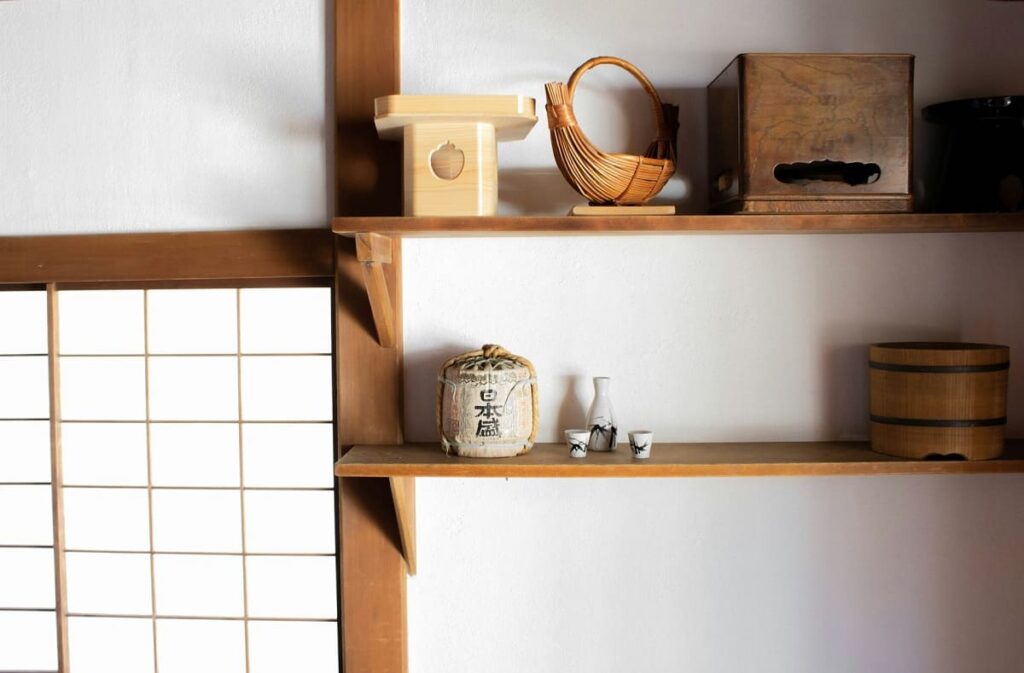

Sanpo’s Kanji is “三方”.
You can also call it “Sanbo”.
Structure and Characteristics of a Sanpō
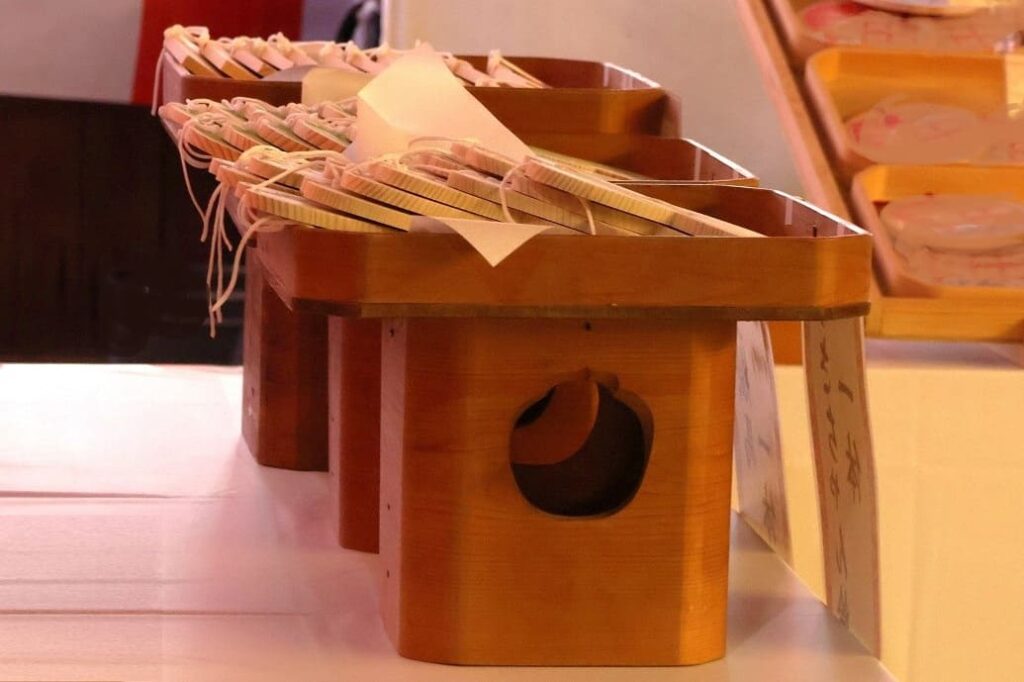
The Sanpō is a wooden platform with a square top and an open side. One of its defining features is the octagonal hole (known as the “kikkō-ana”) on its base, symbolizing purity and sacredness.
The open side is designed for presenting offerings in ceremonies. Made typically of hinoki (Japanese cypress), the Sanpō’s natural wood texture and simple design emphasize its sacred role in Shinto rituals.
How is the Sanpō Used in Everyday Life?

Do you use Sanpo in your everyday life?

We decorate Kagamimochi on Sanpo in New Year.
Modern Uses in Seasonal Celebrations
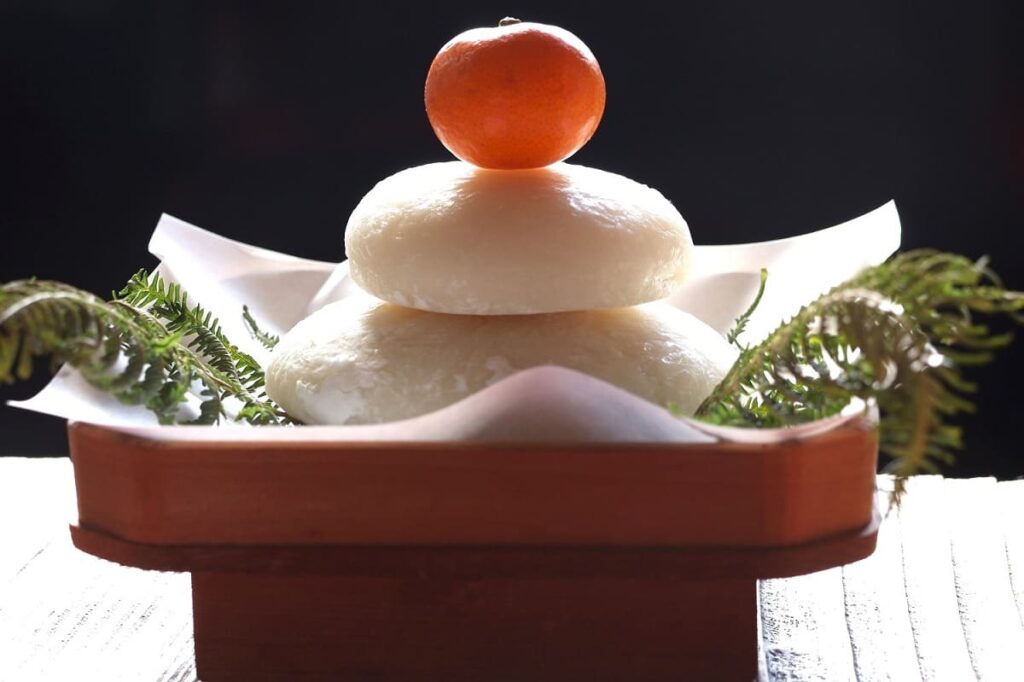
Even today, the Sanpō plays a key role in Japanese ceremonies and rituals. For instance, during New Year’s celebrations, it’s commonly used as a stand for kagami mochi (decorative rice cakes).
In addition, the Sanpō is widely used in seasonal festivals to hold traditional offerings:
- During the Hinamatsuri (Doll Festival), it supports hishimochi (diamond-shaped rice cakes) and sake.
- For Kodomo no Hi (Children’s Day), it holds kashiwa mochi (oak-wrapped rice cakes) and chimaki (wrapped rice dumplings).
- On the Moon Viewing Festival, it is used for tsukimi dango (moon-viewing dumplings).
These uses not only highlight the Sanpō’s practical function, but also its ability to enhance the atmosphere of traditional Japanese celebrations.
Sanpo Q&A
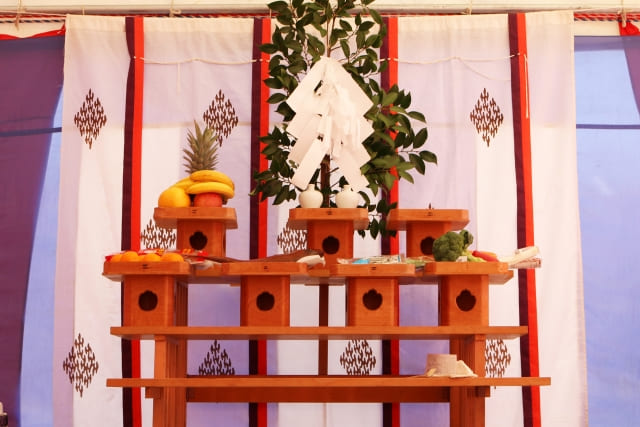
- QWhere can I buy a Sanpō?
- A
You can purchase Sanpō from Shinto supply shops or online retailers. Handmade versions are also available at stores specializing in local crafts.

Rakuten Ichiba has Global express service!
- QHow do I know which side is the front of a Sanpō?
- A
The open side of the Sanpō is its front, which should face the deity or offering recipient.

If you are interested in Himorogi,
read the article below!
Conclusion
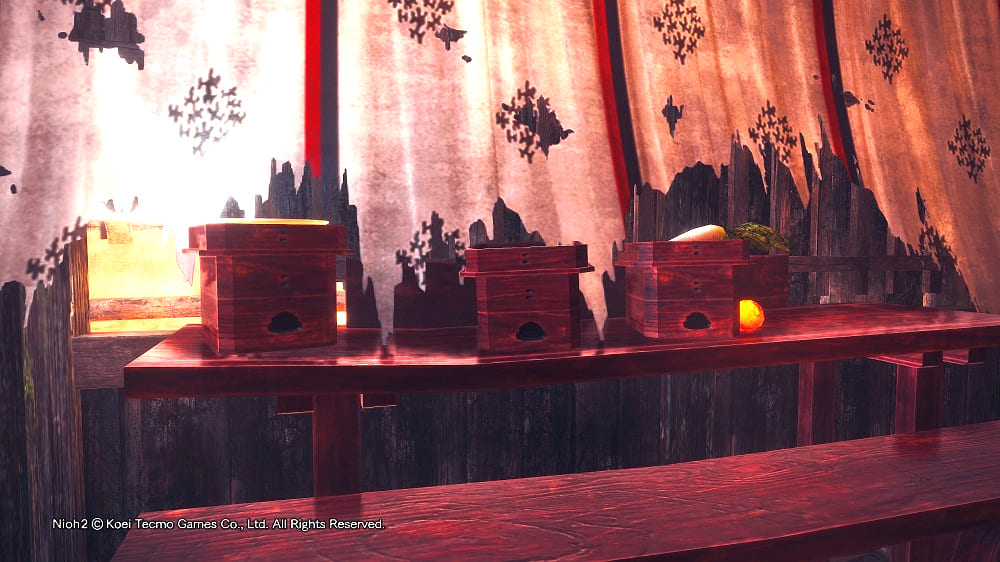
The Sanpō is a timeless symbol of Japan’s traditional culture and spirituality. Its elegant yet sacred design reflects the Japanese values of respect and gratitude toward nature.
Either used for kagami mochi during New Year’s or festive treats like tsukimi dango, the Sanpō continues to enrich seasonal celebrations. By appreciating its historical and cultural significance, you can gain a deeper understanding of Japan’s rich traditions.

If you are interested in Japanese culture, you may love these games!
Let’s play!

Yes! Let’s play!

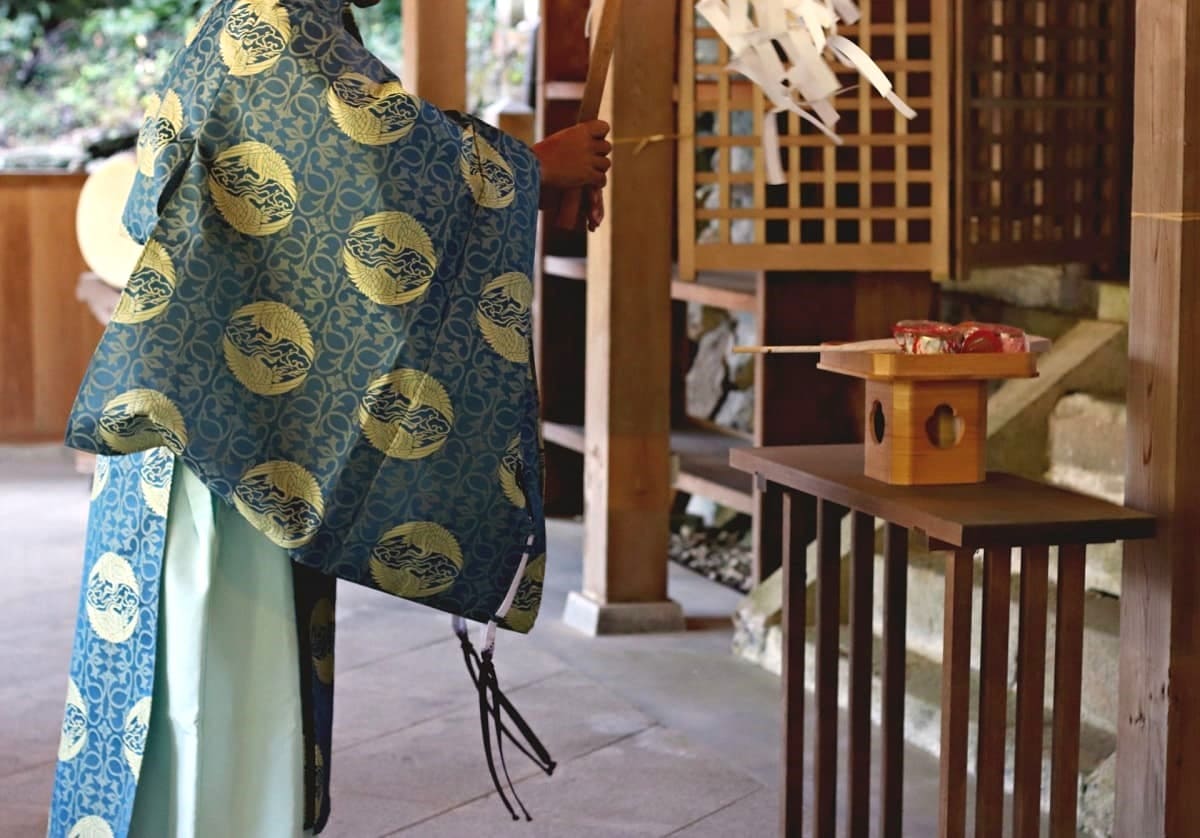
![[商品価格に関しましては、リンクが作成された時点と現時点で情報が変更されている場合がございます。] [商品価格に関しましては、リンクが作成された時点と現時点で情報が変更されている場合がございます。]](https://hbb.afl.rakuten.co.jp/hgb/43f96d26.a570ff16.43f96d27.5e7a31c4/?me_id=1240443&item_id=10000720&pc=https%3A%2F%2Fthumbnail.image.rakuten.co.jp%2F%400_mall%2Fmiyachu%2Fcabinet%2Fsb-sb-yh-080.jpg%3F_ex%3D240x240&s=240x240&t=picttext)




Comments